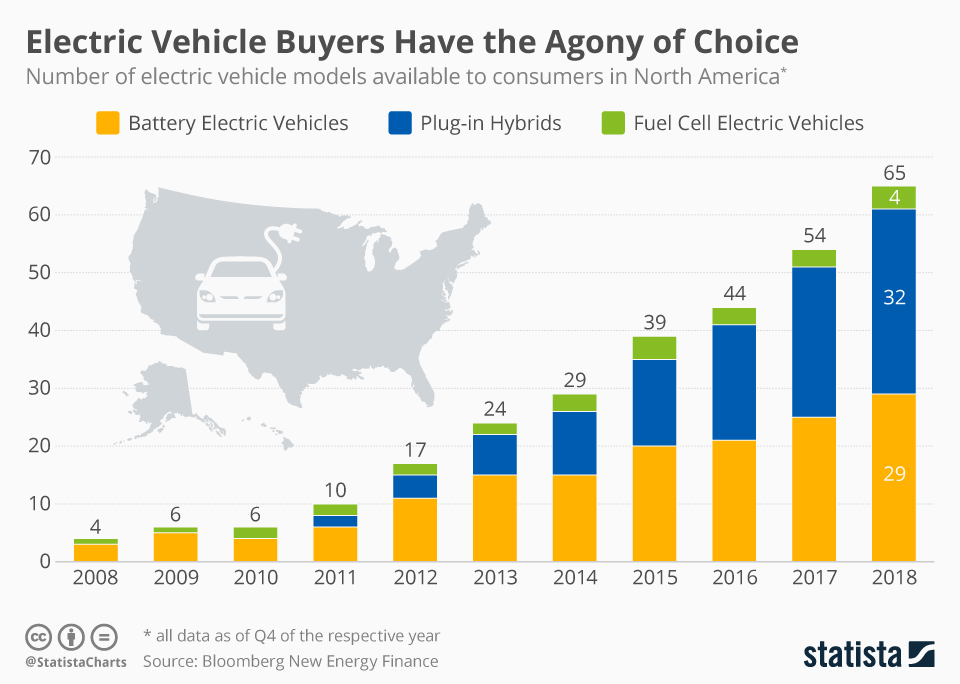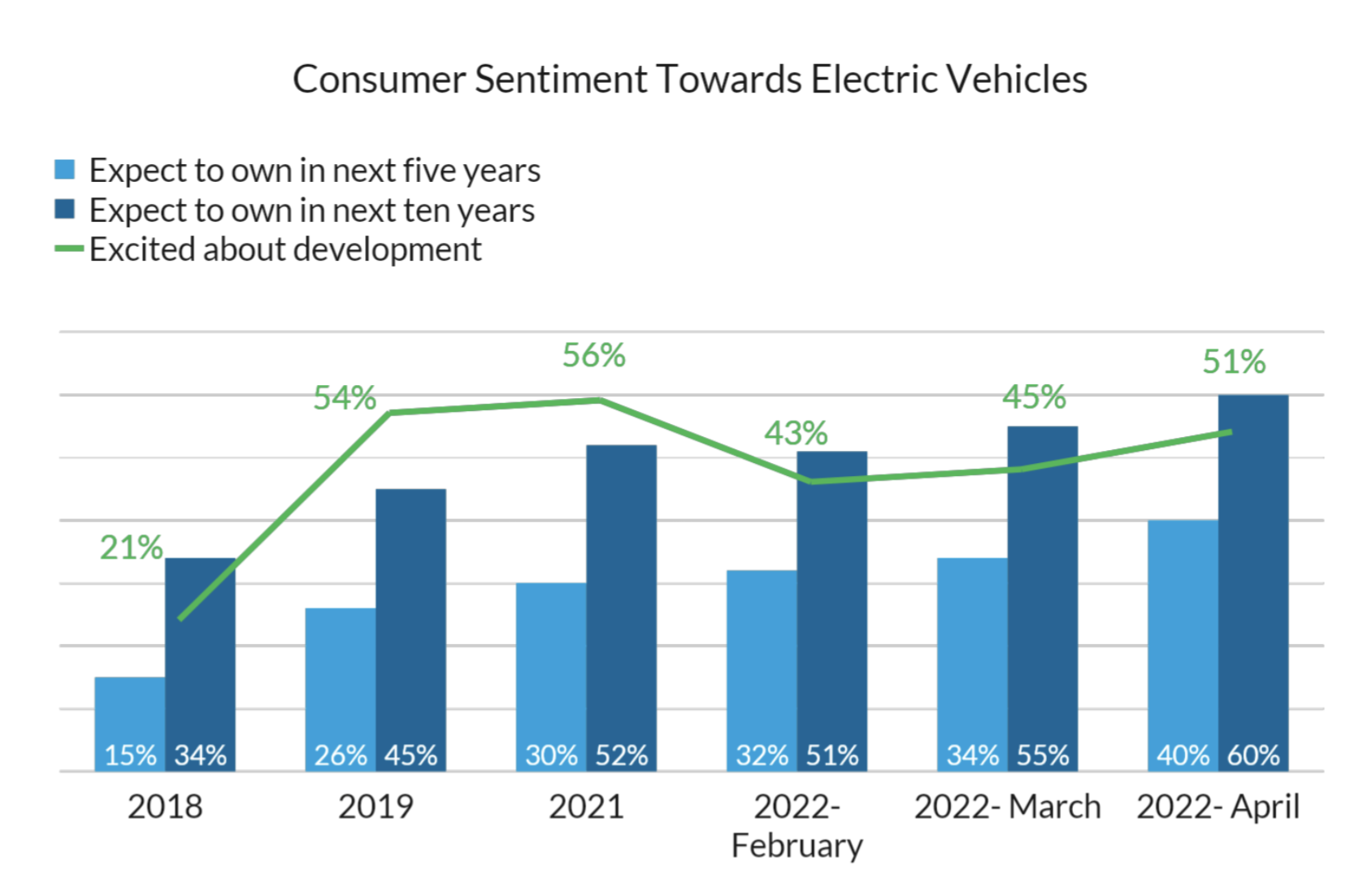Top Electric Vehicle Trends Shaping the Future of the US Market in 2025

The landscape of the automotive industry is undergoing a revolutionary transformation, with electric vehicle trends in the US leading the charge. As electric vehicles (EVs) gain traction among consumers, it’s crucial to explore the significant trends that are shaping the future of this dynamic market in 2025. Understanding these trends not only reflects changing consumer preferences but also highlights the innovations and infrastructure developments driving EV adoption.
Introduction: The Surge of Electric Vehicles in the US

The increase in environmental awareness, government incentives, and technological advancements has propelled the rise of electric vehicles in the United States. As we look forward to 2025, it’s vital to comprehend the trends influencing electric vehicle adoption. With the ongoing shift towards sustainability, the electric vehicle market growth in the US is expected to accelerate significantly, creating a unique opportunity for manufacturers, consumers, and policymakers alike.
Why Electric Vehicles Are Becoming the Future of Transportation in the US

Electric vehicles are rapidly transitioning from novelty items to mainstream transportation options across the United States. Various factors contribute to this transition:
- Environmental Concerns: Increasing awareness of climate change and pollution has prompted consumers to seek greener alternatives to traditional gasoline-powered vehicles. Electric vehicles emit zero tailpipe emissions, making them a compelling option for eco-conscious drivers.
- Technological Advances: Continuous improvements in battery technology have enhanced the performance and range of electric vehicles, making them more appealing to potential buyers. With features such as rapid charging and longer-lasting batteries, EVs are becoming increasingly competitive with their internal combustion counterparts.
- Economic Factors: The long-term cost savings associated with electric vehicle ownership, due to lower fuel and maintenance costs, are enticing consumers. Additionally, the availability of federal and state incentives can reduce the initial purchase price significantly.
The Importance of Understanding EV Trends in 2025
As we move closer to 2025, comprehending the key electric vehicle trends in the US will allow stakeholders to adapt effectively to market changes. For consumers, understanding trends can aid in informed purchasing decisions, while manufacturers can strategize their production and marketing efforts. Policymakers can craft regulations and incentives to ensure a supportive environment for EV growth.
Recognizing these trends is not merely an academic exercise; it’s essential for planning infrastructure investments, developing technology, and promoting sustainable practices within the automotive sector.
Key Electric Vehicle Trends in the US in 2025

As electric vehicles become increasingly prevalent, several specific trends are emerging in the US market. These trends will shape the investment landscape, consumer behavior, and technology development all through 2025 and beyond.
Rapid Adoption of Electric Vehicles in the US
The rate of electric vehicle adoption has experienced remarkable growth over the past few years.
- Analyzing Growth Rate: According to recent studies, the number of registered electric vehicles in the US has increased exponentially, with projections indicating that by the end of 2025, electric vehicles could account for over 30% of new car sales. This marks a significant shift that demonstrates consumer acceptance and growing market confidence.
- Forecasting Trends from 2023 to 2025: Looking ahead, analysts anticipate that the trend of adopting electric vehicles will continue to rise. Factors contributing to this include increasing competition from automakers, enhancement in product offerings, and the growing emphasis on sustainable practices. Moreover, public perception of EVs is steadily improving, making them a desirable choice for many consumers.
Government Policies and Incentives Driving EV Growth
Government actions play a crucial role in accelerating the adoption of electric vehicles.
- Support for Consumers and Manufacturers: Federal and state governments are implementing various policies aimed at stimulating demand. From tax credits for EV purchasers to grants for research and development, these initiatives are designed to make electric vehicles more affordable and accessible.
- Promoting the Shift to Electric Vehicles: Recent legislative measures such as the Clean Energy Standard and additional funding for EV infrastructure underscore the commitment to fostering a robust electric vehicle ecosystem. By providing financial support for EV purchases and investing in research, governments can help facilitate the transition toward sustainability.
Advancements in Electric Vehicle Technology
With the rapid evolution of technology, the electric vehicle market is constantly innovating.
- Innovations in Battery Technology: Breakthroughs in battery technology, such as solid-state batteries, promise to deliver higher energy densities, faster charging times, and improved safety features. These advancements are crucial for enhancing the driving range of electric vehicles, addressing one of the key concerns among potential buyers.
- Autonomous Driving and Connectivity Features: Alongside battery improvements, developments in autonomous driving technology and smart connectivity are transforming the consumer experience. Enhanced safety features and seamless integration of entertainment and navigation systems can elevate the value proposition of electric vehicles even further.
The Growing Demand for EV Charging Infrastructure
As the adoption of electric vehicles increases, so does the demand for comprehensive EV charging infrastructure.
Expansion of Charging Networks Across the US
The expansion of charging infrastructure is vital to supporting the growth of electric vehicles.
- Developing Charging Infrastructure: In response to rising demand, both private companies and government entities are investing heavily in expanding charging station networks across urban and rural areas. This ensures that drivers have convenient access to charging points, which is essential for alleviating range anxiety.
- Initiatives from Private Companies: Major automakers and tech firms are launching initiatives to create extensive charging networks. For instance, partnerships between charging station providers and automakers are being formed to establish more widespread access to fast-charging stations, allowing drivers to recharge their vehicles quickly and efficiently.
Charging Speed and Accessibility: What Consumers Need
Consumer experiences hinge on the speed and accessibility of charging stations.
- Improving Charging Speed: Innovations in charging technology are paving the way for ultra-fast chargers that can replenish an EV battery to 80% within 20 minutes. Such advancements will empower users to charge their vehicles during short stops rather than lengthy waits.
- Consumer Concerns and Easy Access: Accessibility remains a significant concern. Many consumers worry about the availability of charging stations, particularly in rural or less populated areas. Addressing these worries is critical for encouraging broader adoption of electric vehicles.
The Future of the Electric Vehicle Market in the US

As we move towards 2025, the electric vehicle market in the US is poised for transformation.
How EVs Will Influence the Automotive Industry in 2025
Electric vehicles are set to redefine the automotive landscape as they continue to gain market share.
- Key Trends Reshaping the Industry: Automakers are increasingly pivoting their focus toward producing electric vehicles, resulting in the establishment of dedicated EV divisions and the creation of electric-specific models. This shift reflects a broader industry acknowledgment of the future of fleet electrification.
- Challenges and Opportunities for Automakers: While there are considerable opportunities to innovate and capture market share, challenges remain. Ensuring sufficient supply chains for batteries, meeting regulatory standards, and balancing consumer expectations will be paramount for manufacturers looking to thrive in this evolving market.
Consumer Insights: What US Buyers Want from Electric Vehicles
Understanding consumer preferences is essential for tailoring products that meet market demands.
- Prioritizing Features: When evaluating electric vehicles, consumers tend to prioritize aspects such as price, range, and user-friendly technologies. A competitive price point is still a major driver of consumer choice, alongside the assurance of adequate driving range to alleviate fears surrounding battery life.
- User-Friendly Features: As technology advances, consumers expect intuitive interfaces with seamless smartphone integration, advanced safety features, and automated driving capabilities. These expectations will guide manufacturers’ design and functionality decisions in the years to come.
Video

Conclusion: What’s Next for Electric Vehicles in the US?
Looking ahead, the trajectory of electric vehicles in the US points toward substantial growth driven by ongoing technological advancements, supportive government policies, and shifting consumer preferences. With predictions suggesting that electric vehicles will comprise a significant portion of new vehicle sales by 2030, it becomes increasingly clear that the role of EVs will extend beyond mere transportation; they will serve as critical components of sustainable mobility solutions. As electric vehicles gain ground, the industry must prioritize innovative solutions and infrastructure development to keep pace with the evolving landscape of transportation. The future of electric vehicles is bright, and its impact on environmental sustainability promises to reshape how we perceive and interact with our vehicles in everyday life.
You can read: Electric Vehicle Cost: 5 Ways BYD is Revolutionizing EV Pricing Against Tesla


